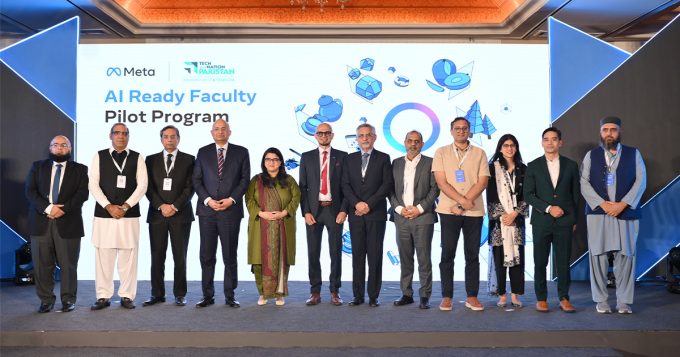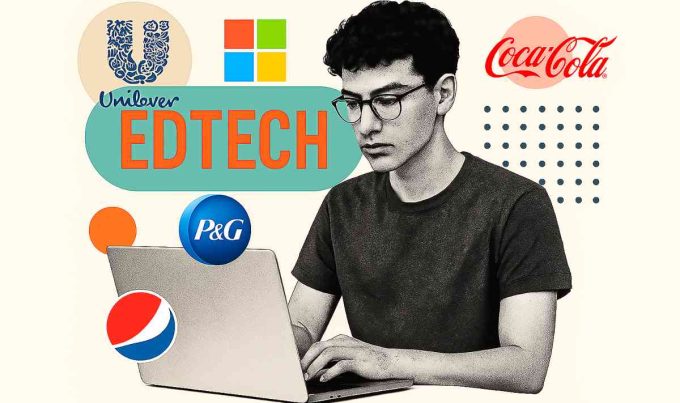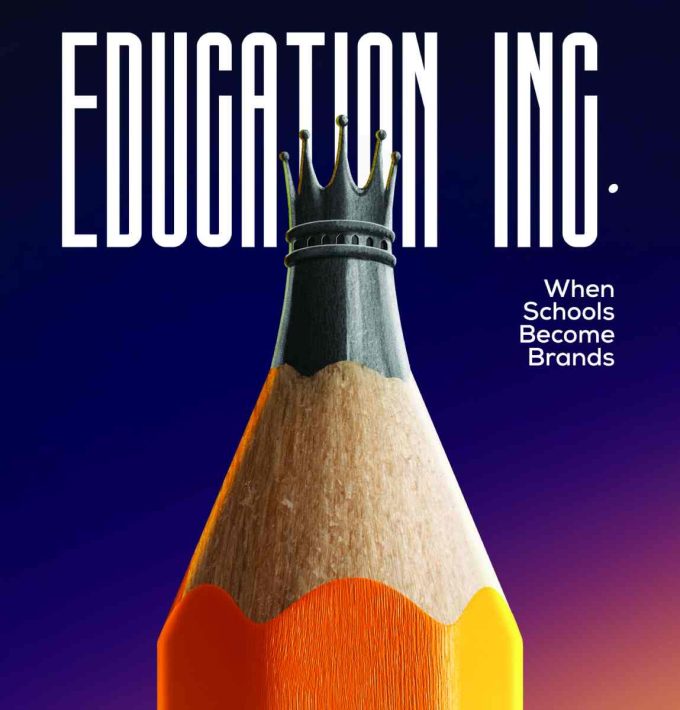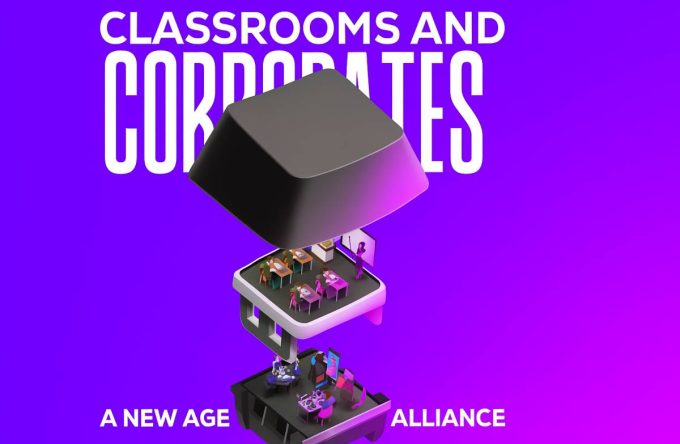Podcasts are Evolving Pakistanis’ Content Preferences
To think of Podcasts as an audio-only medium is a thing of the past, especially with the way new podcasts are coming up, and with YouTube being one of the most popular podcast platforms.
Podcasts today have transformed into a mainstream content style. They are no longer confined to niche listeners but are rapidly becoming a go-to medium for content creators and audiences worldwide.
Pakistan has also adopted podcasts as a strong content form, which people are increasingly taking an interest in. While traditional media maintains some engagement through the classic talk show, morning show and other infotainment formats.
Podcasts are steadily evolving the preferences of Pakistani content consumers, especially those with increased access to YouTube.
Podcasting – More than Just Audio
The term ‘podcast’ combines ‘pod’ from iPod with ‘broadcast,’ referring to originally audio content you could listen to on your iPod. These were technically radio shows you could record and then upload for people to either stream or download.
Over the years, podcasts have evolved dramatically, integrating video elements and mirroring informal yet insightful digital talk shows. YouTube as a platform has been pivotal in this transformation, significantly boosting audience reach.
Today, podcasts attract over 500 million global listeners. With major international shows like the ‘Joe Rogan Experience’ boasting millions of listeners per episode. What this means in the long run is that people are getting more and more interested in such content, despite it being long-form content.

Pakistani Podcasters Making Waves
When content creators shifted their focus towards creating new forms of content, podcasts caught their attention. A whole new generation of digital influencers began to sprout with authenticity.
Often, unscripted dialogues being featured as part of their podcasts. Junaid Akram, Muzamil Hasan Shehzad Ghias, Irshad Bhatti, Hafiz Ahmad, Daniyal Sheikh, and Tuaha Ibn Jalil, amongst several others, have quickly become household names.
Junaid Akram blends humour and candid societal commentary. Muzammil Hasan addresses entrepreneurship, technology, and social dynamics in his TBT podcast. On the other hand, Shehzad Ghias ‘The Pakistan Experience’ openly tackles political and sensitive social subjects. Rarely touched upon in mainstream Pakistani media.
This becomes an interesting proposition for a wide range of audiences, especially those who only relied on talk shows on television for in-depth analysis and conversations on important subjects. Similarly, Hafiz Ahmad Podcasts, Nadir Ali Podcasts and Daniyal Sheikh Podcasts have carved their niches. They focus on inspiring stories, personal growth, and startup insights, respectively.
Content creators weren’t the only ones delving into the wave of podcasts – many digital publication platforms such as The Centrum Media (TCM), ProPakistani, Startup Pakistan Podcasts, and others offer further variety, covering news analyses, technology reviews, entrepreneurship, and entertainment.
Celebrity guests across all tiers add significant star power to these podcasts, broadening podcast appeal and attracting diverse viewership.
Why Podcasts Click in Pakistan
The unparalleled rise in interest towards podcasts in Pakistan is primarily attributed to their seemingly raw and unfiltered nature. Contrasting sharply with the structured and often censored approach of traditional broadcast media.
The explosive popularity of podcast episodes featuring high-profile prominent figures like the former Prime Minister Imran Khan, particularly his interactions with creators like Muzamil Hasan and Junaid Akram.
This is what got people interested. These candid interviews gained millions of views and discussions, showcasing the medium’s strength in delivering direct, authentic interactions that audiences crave. Podcasts such as the ‘How Does it Work: Podcast’ also take on an explainer-style conversation, breaking down complex topics through candid conversations.
These podcasts experienced a notable boost in listenership during political and economic upheavals, signalling an increasing appetite for more detailed discussions compared to the traditionally shorter, segmented formats of radio or TV broadcasts.
YouTube: The New Home of Pakistani Podcasts
While audio podcasts on platforms like Spotify or Google Podcasts are yet to gain traction in Pakistan, YouTube has emerged as the dominant platform for viewing and listening to podcasts.
Its accessibility, combined with the visual engagement aspect, has transformed how we consume podcast content. Video podcasts, now a standard offering, allow hosts and guests to connect more personally and vividly with audiences. This also serves a benefit for the creators due to YouTube’s analytics and monetisation offering.
Brands and Institutions Riding the Wave
Pakistani brands and institutions are also actively capitalising on the medium of podcasts. The State Bank of Pakistan utilised podcasts effectively to promote initiatives like the Roshan Digital Account (RDA).
Similarly, ‘myco,’ an emerging digital streaming platform in Pakistan, has greatly invested in podcasts as part of its strategy to offer quality content. Banks, telecom companies, and other consumer brands are increasingly using podcasts to build genuine connections with their audiences.
It’s not surprising to see many content strategies proposed by agencies to their clients containing podcasts as an offering.

How Your Brand Can Ride the Wave
Since the popularity of podcasts seems only to be moving upwards, it only makes sense to ride the wave we can – and until a new format becomes popular. However, before you can launch your own podcast, there are some steps you need to take.
First, identify your niche – determine topics that align authentically with your brand values and audience interests, then decide whether you want to tap into an existing podcast or create your own.
Creating your own means choosing the right kind of hosts and aesthetic that embody your brand’s personality, while engaging audiences authentically. This will also require investing in production quality, since high-quality audio and video significantly enhance audience engagement.
Just launching a podcast with one episode won’t be enough, as you need to dial up your consistency and frequency to build a loyal listener base. Finally, remember that the podcast itself is a piece of content that needs to be promoted across multiple channels to build your listenership.
You need to build upon and leverage your existing social media presence and other digital assets to amplify your podcast’s reach.
The Future Sounds Good
Looking forward, the podcasting landscape in Pakistan is ripe for continued growth. If driven by evolving audience preferences, technological advancements, and the increasing adoption by brands and content creators.
As international trends point towards enhanced interactivity, personalised AI-driven experiences, and immersive audio-visual formats. Pakistani podcasts are likely to follow suit, potentially reshaping local media consumption entirely.
Google’s Notebook LM also incorporates an AI-generated podcast (Deep Dive) feature that you can experiment with. The quiet revolution of podcasting in Pakistan is now a loud and clear indication of shifting content preferences.
For content creators and brands alike, the message is clear: podcasts are not just a passing trend – they represent a fundamental shift in the way Pakistani audiences engage with content. Tune in now or risk tuning out.










